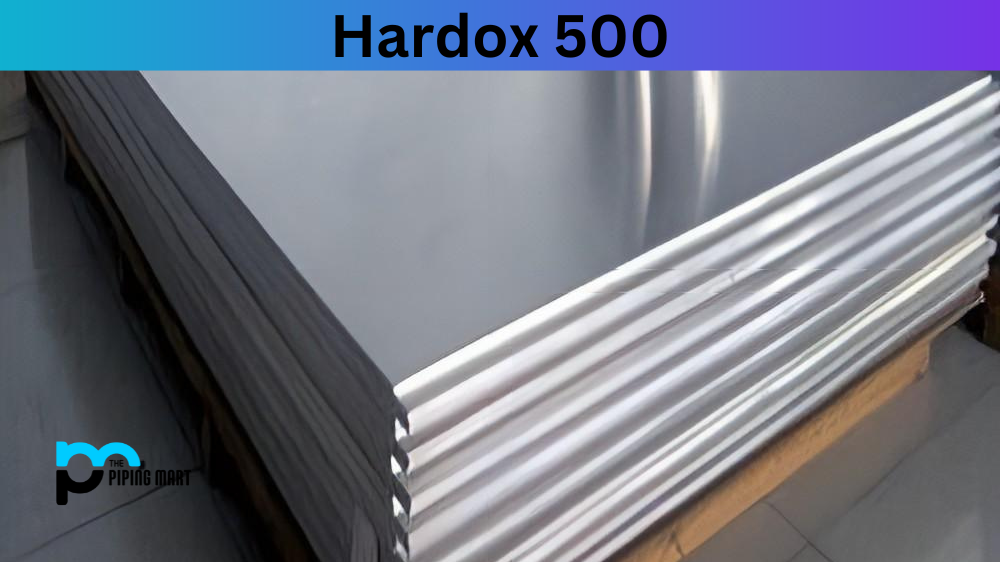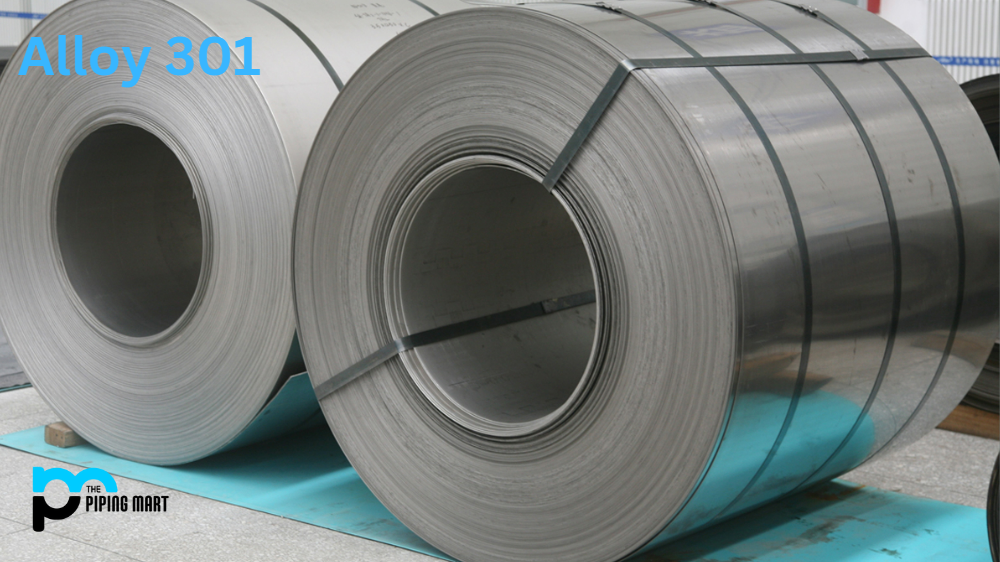Strenx 1300 is a high-strength structural steel with exceptional mechanical properties, toughness, and weldability. It is a popular choice in many industries due to its durability, resistance to corrosion, and ability to withstand high temperatures. In this blog post, we will delve into the various aspects of Strenx 1300, including its composition, mechanical and physical properties, uses, corrosion resistance, heat treatment, machining, and welding process.
What is Stress 1300?
Strenx 1300 is a high-strength, low-alloy steel reinforced with titanium for enhanced durability and strength. It features excellent mechanical properties, such as yield strength of up to 1300 MPa and toughness values exceeding conventional engineering steels. This offers improved fatigue performance, better weldability, lighter structures, and higher corrosion resistance than regular steel.
Strenx 1300 Composition
Strenx 1300 is a low-alloyed, high-strength steel made of iron, carbon, manganese, chromium, molybdenum, and a small amount of boron. The composition of Strenx 1300 helps to promote its high strength and machinability.
Strenx 1300 Mechanical properties
Strenx 1300 offers exceptional mechanical properties making it ideal for heavy-duty equipment and structures. It has a yield strength of 1300 MPa and a tensile strength of 1550 MPa, making it one of the strongest steel grades available. Strenx 1300 also offers excellent bending and impact resistance and high fatigue strength.
Strenx 1300 Physical properties
Strenx 1300 has a density of 7.8 g/cm³, and its thermal expansion coefficient is very low, making it thermally stable. It can resist external forces, including severe weather conditions and natural elements like salt water.
Strenx 1300 Uses
Strenx 1300 is used in many industries, such as heavy equipment manufacturing, transportation, energy, mining, construction, and agriculture. It is widely used to create high-strength, reliable, lightweight components for these industries. Strenx 1300 is a popular metal in manufacturing truck chassis, excavator buckets, cranes, and other industrial-grade parts.
Strenx 1300 Corrosion resistance
Strenx 1300 is highly corrosion resistant, making it suitable for harsh environments and long-term outdoor use. Due to its composition, it is resistant to rust, erosion, flaking, and other forms of wear and tear, even under extreme weather conditions.
Strenx 1300 Heat treatment
Strenx 1300 steel can be heat-treated, which improves its hardness and wear resistance. It can be hardened by using a quenching and tempering process, which involves heating and cooling the metal in specific steps to enhance its durability and strength.
Strenx 1300 Machining
Strenx 1300 steel is highly machinable, which means it can be easily formed into different shapes and sizes without losing its mechanical properties. It has high reusability potential due to its toughness and flexibility.
Strenx 1300 Welding
Strenx 1300 steel can be welded using common welding techniques, including arc welding, MIG, TIG, and resistance welding. It is best to avoid overheating during welding, which can cause the steel to lose its strength properties.
Conclusion:
Strenx 1300 is a highly durable and reliable steel with exceptional mechanical and physical properties, making it ideal for use in various industries. Its properties, such as high strength, toughness, machinability, and corrosion resistance, make it an ideal choice for demanding applications. Understanding its composition, mechanical and physical properties, uses, corrosion resistance, heat treatment, machining, and welding process will enable you to decide when selecting the appropriate steel for your next project. By choosing Strenx 1300 steel, you will get the best performance, durability, and long-term value for your investment.

Abhishek is a seasoned blogger and industry expert, sharing his insights and knowledge on various topics. With his research, Abhishek offers valuable insights and tips for professionals and enthusiasts. Follow him for expert advice on the latest trends and developments in the metal industry.




